Over the past few months, The Huffington Post has been publishing a series of personal stories about America’s opioid crisis. This included personal journeys from parents of those addicted, first responders and (more recently) educators. Though we may not realize it, teachers are often on the front lines of this epidemic; dealing with high schoolers who may be battling a dependency and middle schoolers whose parents are in the throes of addiction. We found one of those latter articles to be especially poignant.
Greg Cruey is a teacher at West Virginia’s Southside K-8. As he explained to HuffPo writer Rebecca Klein, this is a crisis he is forced to confront on a weekly basis. One of the reasons, he believes, that his school is so impacted has to do with the amount of foster care students who are enrolled. In that particular region, as many as 40 percent of local children do not live with their parents (something the opioid crisis has been heavily blamed for).
“Families are constantly shuffling in and out of the area in hopes of finding a coveted job,” Cruey explained on the site. “And as students with drug-using parents bounce between staying with grandparents, great-grandparents, foster parents and neighbors, we never know when a student will suddenly stop showing up or will come back after months away.”
He also told HuffPo that he has personally called Child Protective Services multiple times after witnessing neglected children in his classroom. Cruey makes a point to do welfare checks on all of this students, getting what he calls a “mental tracker” on where they may be living and whether they are on the verge of relocating. This, in turn, can actually affect the way he teaches them his course. Devising lessons, planning homework and monitoring progress can be a major challenge for students who come and go on a whim.
Determined to go the extra mile, Cruey admitted to taking students shopping and buying them meals on his own dime so they can be properly fed. Other scenarios he regularly encounters are elderly grandparents being placed into the protector role, as well as older siblings. Despite it all, Cruey does see hope in the eyes of these students; which continues to be his constant motivation.
“I see a growth in our students. They are proud of where they come from. They’re proud of their heritage. They look people in the eye when they speak,” he concluded. “If given the right opportunity, our kids can compete with anyone.”







